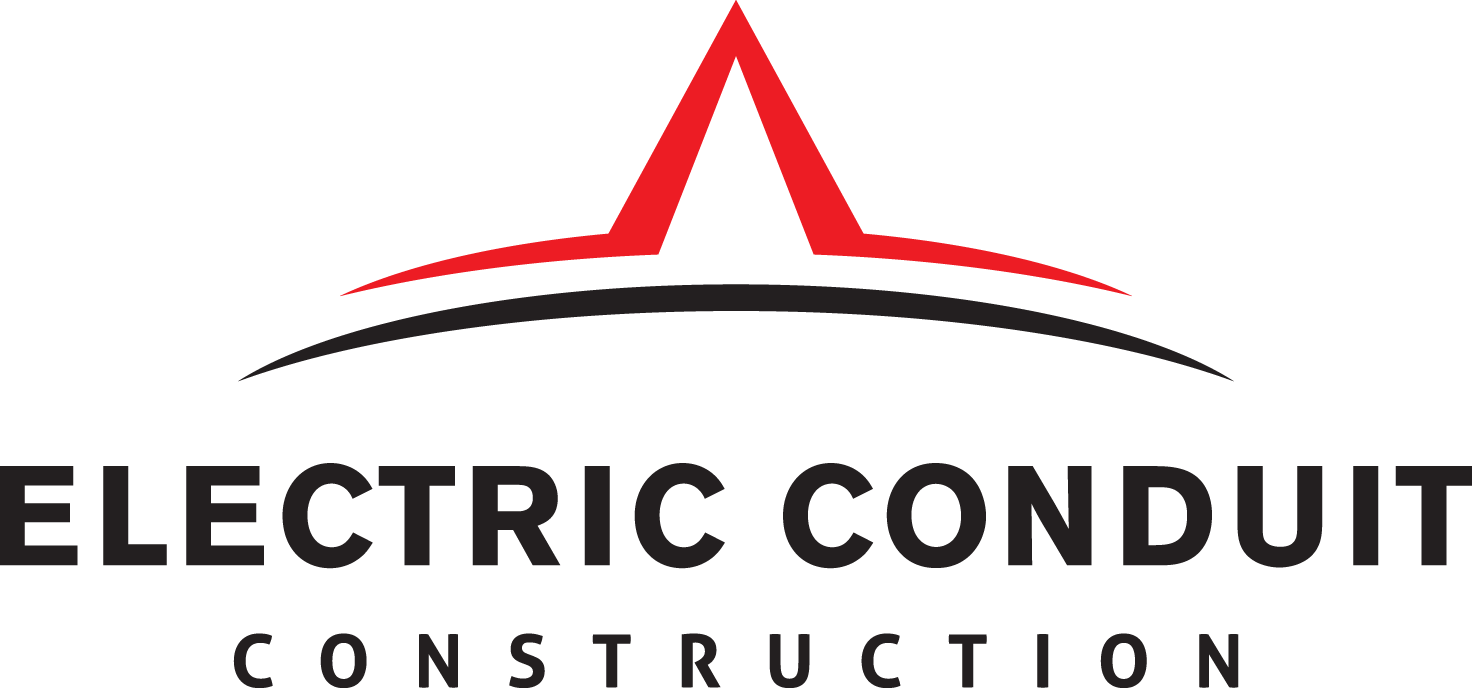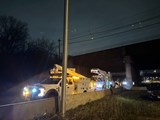Connecting Data Centers
Electric Conduit Construction builds fiber optic connections between data centers.
Data Centers house banks of servers and storage devices. This equipment runs in engineered, climate-controlled, industrial, buildings. Most are fully automated and require technicians only for maintenance or equipment replacement. These centers store data, manage the inbound and outbound flow of data, and offer redundancy in the case of power outages or corruption of data. Data centers are vital to cloud computing. Worldwide they consume about 1.5% of the total supply of electricity produced. Data centers rely on fiber optic cable for connectivity to other data centers. The combination of fast servers, sophisticated search engines, immense storage capacity and wide bandwidth fiber optic cable gives us what we call cloud computing.
When coupled to cell phone networks, it is the engine that enables us to move around a city, or the world, and call up any file we have stored on virtual drives. It is convenient, inventive and we cannot live without it.
There is a great deal of redundancy built into data centers and their interconnections. Battery backups and diesel generators provide power in the event of a power outage on the grid. Multiple fiber optic cables provide backup pathways in the event one cable is cut. Servers and storage are also redundant.
Click on any slide to expand photos
Building these interconnections is a construction service that Electric Conduit Construction (ECC) provides. On a recent project the scope of work called for connecting two data centers with fiber optic cable. The centers were located 10 miles apart. The route was challenging. The line-of-lay passed through residential and industrial areas. Some segments could be traversed by utilizing manholes and unused, existing conduits. For other segments, an aerial route was employed, utilizing utility poles, and over lashing the cable onto existing utility cables and strands (messenger wire).
Routing new fiber either aerial or underground, through existing ducts and on poles, is not without challenges. The route must be studied and planned out. Stockpiling slack to eliminate splices can be challenging because of workspace limitations. Empty ducts that offer an easy route between point A and B might be blocked. If the conduits cannot be cleared by rodding, then the blockage must be excavated, and new conduit spliced into place.
Project Notes
- 53,000 feet of fiber (Overhead and underground)
- 350’ suspended highway crossing
- 4 – 864 count, 2 – 432 count, 1- 48 count
- 2 butt splices for each cable
- 4-month project
- 3-4 crews
In this project an eight-lane highway was spanned. This required closing the highway while the cable was guided 350’, across, and then closing it again during lashing. ECC project managers and superintendents are exceptionally good at collaborating with DOT, state troopers and other stake holders to ensure a smooth installation and minimal lane closures. When possible, the work is performed at night or in the early morning hours when traffic is light. During this project work started at 8:00 pm. Preparation for the crossing required positioning of bucket trucks, traffic control, placement of the reel containing the fiber optic cable and positioning workers and the over lashing equipment. Lane closures only lasted 15 minutes. One closure was required for the North bound lanes and one for the South bound lanes. Two more 15-minute closures were required for the lashing operation. After the span was secured bucket trucks were removed from the highway, traffic control taken down and the fiber was extended beyond the highway and coiled for splicing later.
The final splicing (see Fiber Capability) will involve creating a branch both of the 864 cables one will be routed into the existing data center and terminated. The other will be routed into a new larger data center. When the new data center is complete the old branch will be disconnected.
ECC knows how important reliability is to the success of these projects. Every effort is made to provide solid conduit connections, secure risers, and secure lashings to the strand. The fiber optic cable is tested on the reel, during installation and after splicing. Sufficient slack is left in manholes and on the aerial banjo spools. Butt splicing is performed and tested and made up professionally in splice cases.
Data center reliability is critical and ECC builds reliability into the fiber optic links by meeting customer design specifications and schedules. If you are interested in installing secure fiber optic connections between your data centers, please contact us to talk about your project.
















